The MRS Census and GeoDems group champions new thinking and new talent; one area they have been particularly impressed with is the CDRC Masters Dissertation Scheme (MDS)
This programme offers an exciting opportunity to link students on Masters courses with leading retail companies on projects which are important to the retail industry. The scheme provides the opportunity to work directly with an industrial partner and to link students’ research to important retail and ‘open data’ sources. The project titles are devised by retailers and are open to students from a wide range of disciplines.
MRS CGG are proud to have been granted permission to publish abstracts from the dissertations and we are sure the students have a great future ahead of them.
This abstract is by Zhixuan Liu
Title: Unravel the indicators affecting retail success in Chicago based on the spatial interaction model
Academic Institution: University College London
Industry Sponsor: Olvin
Background
- For retailers, the prevalence methods that have been taken are checklists, regression models etc., which offer limited help with the site selection issues.
- For academia, with the development of data collection and analysis tools, methods of retail research are amid a new transformation.
- The evolution of retail location in academia is shown below, which is process from macro to micro perspective, from rough to more specific and comprehensive factors, and from limited to advanced quantitative approaches.
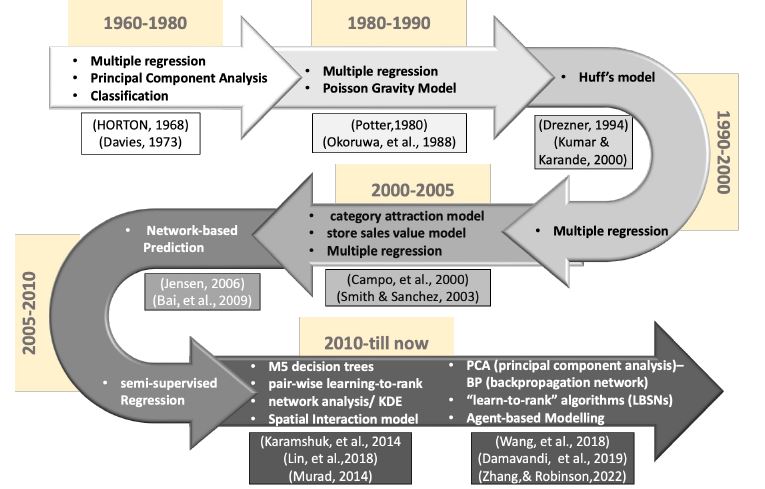
Research questions
What specific variables can be chosen to understand the spatial patterns of retailing and its customer visits in Chicago?
- Generally, what factors can be discovered to be related to the store performance based on SIM?
- Specifically, based on different classification, how do the factors perform differently in SIM?
Methods and initiation
For contents, it attempts to explore comprehensive indicators influencing store performance, containing business environment, transport environment, store, and customer characteristics.
- For methodology, a generalized linear mixed model (GLMM) is adopted for the spatial interaction model (SIM) to obtain more flexibility about the random variables in the model. Meanwhile, it also endeavours to build the spatial interaction model based on K-means clustering, which will help to understand the retail pattern from a micro perspective.
- For data, GPS data sources is the main source for the study, which will reveal the application of SIM for the big data source.
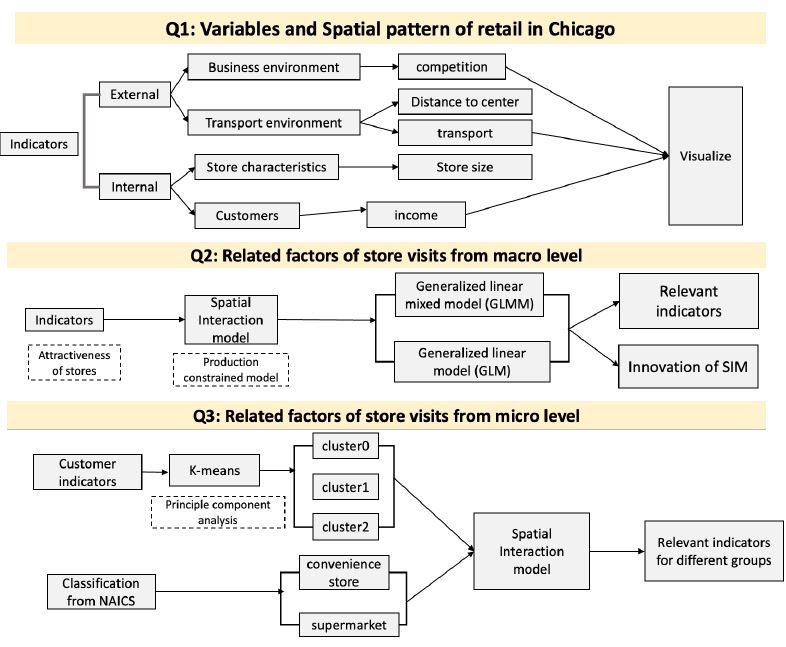
Main findings
- From macro perspective, it is proved that the visits of stores will decrease with the increase of the competition.? Competition, transport, and medium high income group possess negative impacts on store patronage. .? Size of stores, distance to centre, high income and the medium low-income group would help to increase the store flow.
- However, from micro perspectives, the competition will influence the performance of supermarket more negatively than convenience stores.
- For income groups of stores, the patronage of stores with the most low income customers is more effective to competition, while the visits of store with the most high-income customers possess a positive relationship with competition.
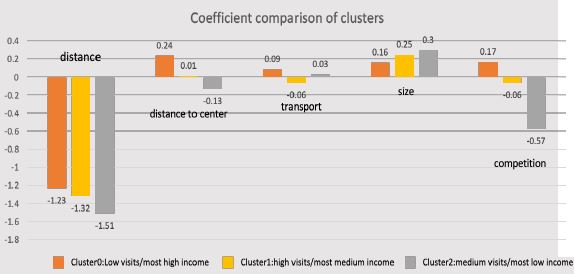
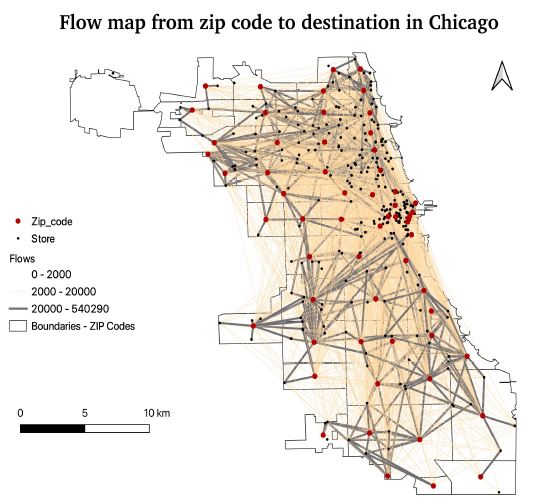
- However, from micro perspective, the size of convenience stores affects its patronage negatively. For the transport factors, it shows a negative relationship between store patronage which is out of our expectation.
- it could be found that the transport factor is negative for convenience store but positive for supermarket, which may be possibly caused by the different travel mode to different kinds of stores.
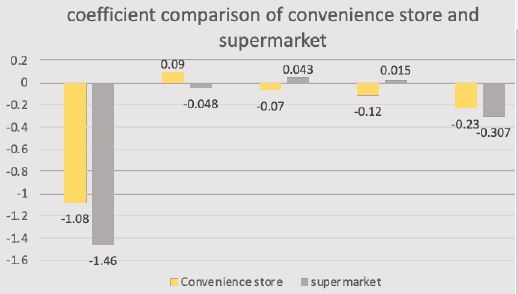
- For the performance of models, considering the random effects utilizing GLMM in the spatial interaction model, the performance of model improved significantly. Comparing the parameters (? and ? value) in the model, the GLMM performs more negatively significant than the GLM for SIM.



0 comments